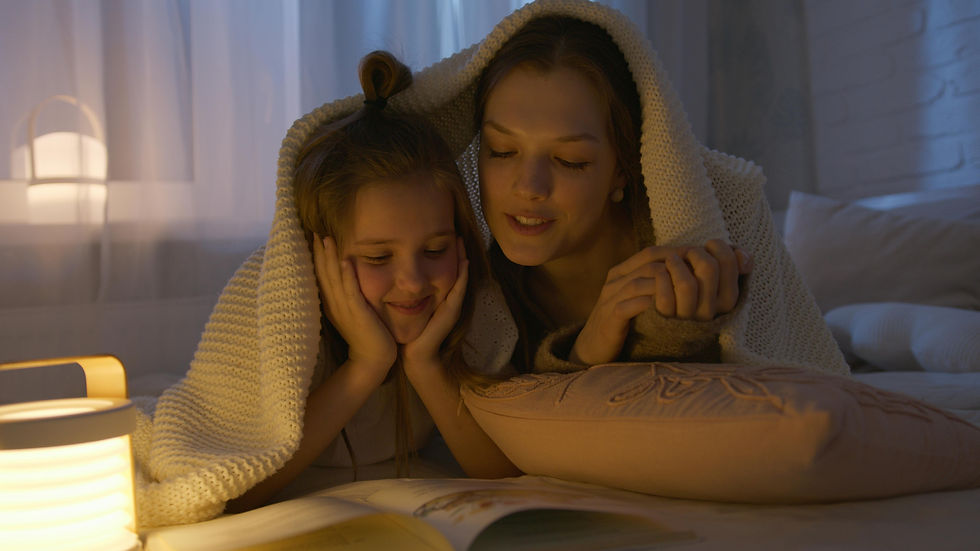Helping Your Child with Autism Adjust to Daylight Saving Time
- Natlyn Ajavon
- 4 days ago
- 3 min read

Daylight Saving Time (DST) can be tricky for anyone, but it’s especially tough for children with autism. Even a one-hour time shift can mess with their routine, disrupt sleep, and cause anxiety. Because kids on the spectrum often thrive on structure, these changes may leave them feeling unsettled. But don’t worry, there are some simple ways you can make the switch a little smoother.
Why DST Can Be Hard for Kids with Autism
For many children with autism, sleeping well and handling change is already challenging. DST can make this even harder because:
Sleep Gets Thrown Off – Changing the clock by an hour can confuse your child’s body clock, making it harder for them to fall asleep and wake up on time.
Routine Changes Feel Big – Even small schedule changes can cause stress when your child relies on things staying the same.
Increased Sensory Sensitivities – Waking up when it’s still dark or having more daylight at bedtime might feel unsettling to kids who are sensitive to their surroundings.
How to Help Your Child Adjust to the Time Change
Make Bedtime Changes Gradual
Instead of changing bedtime all at once, try adjusting it by 10 to 15 minutes every night for about a week before DST. This gives your child’s body more time to get used to the new schedule.

Keep Bedtime Routines the Same
A familiar bedtime routine can help your child feel calm, even if the time has changed. Whether it’s brushing their teeth, reading a story, or listening to soft music, sticking to the usual steps will give them a sense of comfort and stability.

Use Visual Schedules
Many children with autism respond well to visual tools. You can create a picture schedule to show how bedtime and wake-up times will shift or use a simple social story to explain the time change in a way your child can understand.
Adjust Light Exposure
Light plays a big role in helping the body know when it’s time to wake up or sleep. In the morning, open the blinds to let in natural sunlight. At night, start dimming the lights about an hour before bed to help your child feel sleepy. Try to avoid screens like TVs, tablets, and phones before bed, as their blue light can make it harder to fall asleep.
Offer Extra Comfort and Patience
It’s normal for your child to feel a bit cranky or off during the time change. Be patient and let them know it’s okay to feel this way. Give extra cuddles, reassurance, and encouragement as they adjust.

Give Yourself Extra Time in the Morning
Mornings may feel harder at first, so try to leave a little extra time to wake up and get ready without rushing. A calm, relaxed morning can help set a positive tone for the rest of the day.

Be Patient, It Takes Time to Adjust
Daylight Saving Time can feel like a big change, but with a little preparation, you can make it easier for your child. Small steps like adjusting bedtime slowly, keeping routines consistent, and using visual aids can make a big difference. Every child adjusts at their own pace, so be gentle with yourself and your child as you work through it together. You’ve got this!
References
Behavioral Innovations. (n.d.). Daylight Savings & Sleep Tips for Kids with Autism. https://behavioral-innovations.com/blog/daylight-savings-and-sleep-tips-for-kids-with-autism/
Autism Society. (n.d.). Sleep Challenges and Autism.
National Sleep Foundation. (2023). How Daylight Saving Time Affects Sleep.

Comments